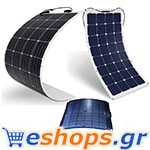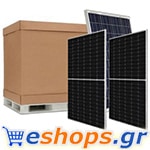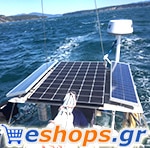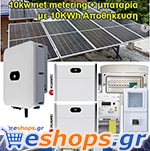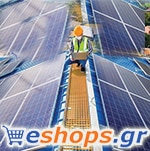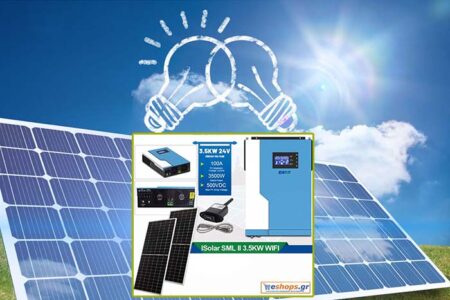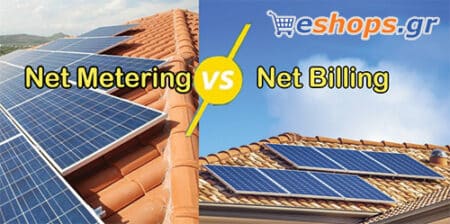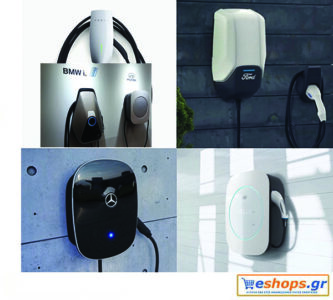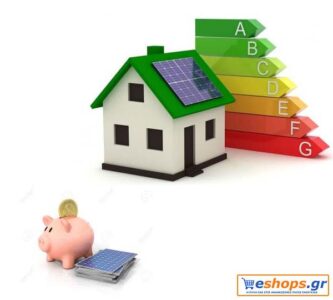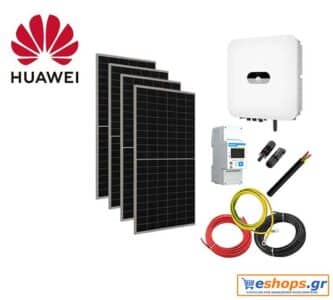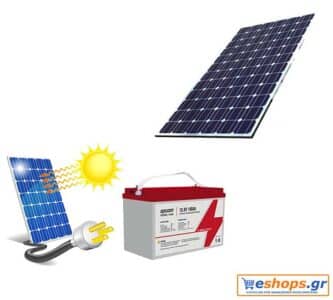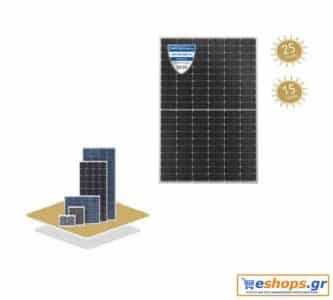Roof photovoltaics for pre-cooling of homes and commercial buildings
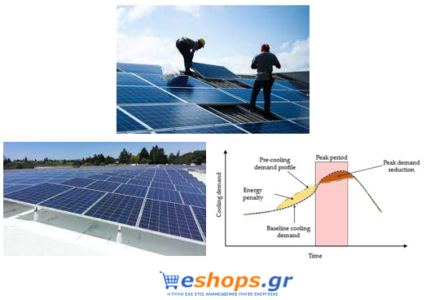
rooftop photovoltaics, photovoltaics, pre-cooling, new technology
Australian researchers developed a way to use it photovoltaic roof for the operation of air conditioners for pre-cooling homes and commercial buildings. They have identified several factors that could help reduce a building's energy costs.
Researchers in Australia have looked at how rooftop solar output could be used to power air conditioners (ACs) to pre-cool homes and commercial buildings.
The scientists termed the proposed operation as "solar pre-cooling". It is supposed to offer benefits in terms of mitigating low minimum demand in electricity networks, flattening the net demand profile of the grid and reducing electricity bills.
“Pre-cooling can be applied to all kinds of buildings that have an AC unit. Solar pre-cooling in residential, commercial and office buildings has been studied in the literature and proven to be practical," said researcher Gloria Pignatta.
Scientists considered the thermal mass of buildings as a virtual battery that could be used to shift or reduce the peak demand caused by AC systems.
"Pre-cooling means charging the thermal mass of the building before the onset of peak demand, reducing the temperature of the thermal mass and then offloading the coolness during the peak period," the scientists explained. "This is usually done by lowering the thermostat set point a few hours before the expected peak period to force the AC to turn on."
Precooling can be accomplished by three methods of thermal mass activation: surface activation, forced air activation, and hydronic activation.
"Whether thermal mass activation results in energy cost reduction depends on the AC control strategy that determines the temperature setpoint trajectory or AC timing," the academics said.
They identified several factors that could contribute to reducing energy costs. They include reducing peak power, which is beneficial for commercial and office buildings with a demand charge component to their electricity bills, and shifting AC demand to off-peak hours with cheap electricity prices. Other factors include reducing mechanical cooling requirements by using night ventilation and higher efficiency of air conditioning units as they operate at lower ambient temperatures.
The researchers said recooling may be more beneficial if excess production photovoltaic during the day it is used to pre-cool the building instead of importing electricity from the grid. This is because the feed-in tariff paid for generation from rooftop PV is lower than retail electricity prices and future tariff structures may not have an FiT component for export to the grid.
"By using excess PV generation for solar pre-cooling, households use cheap or free electricity to pre-cool the building, which consequently reduces their grid imports during peak hours when tariffs are expensive," said Pignatta . "Furthermore, reducing the export of excess PV to the grid increases self-consumption levels, reducing PV's contribution to the grid minimum low demand and reducing the operational challenges of managing the minimum low demand."
Although pre-cooling and solar pre-cooling can be beneficial to the grid, the potential cost savings and reduced peak AC demand are not necessarily significant for all buildings, the researchers said.
"The potential of pre-cooling and solar pre-cooling is based on a number of technical, economic and behavioral factors such as the energy efficiency of a building, its construction materials, the rated capacity of the AC unit, the rated capacity of the PV system, the occupants." Thermal comfort expectations and time-of-use consumption patterns are some of the factors that directly affect a building's pre-cooling/solar pre-cooling capability,” they said. “A gap in the literature is the lack of thorough research on solar pre-cooling using real-world monitored household data, including rooftop PV output, appliance-level demand and building thermal dynamics. Such studies can reveal the true potential of solar precooling to a greater value than simulation-based approaches."
"It is worth mentioning that the field of solar precooling has the potential for further research in terms of cooling technology," they concluded. "Grid-connected or stand-alone heat pumps, solar-powered absorption, absorption and drying systems can provide cooling for pre-cooling the building."


